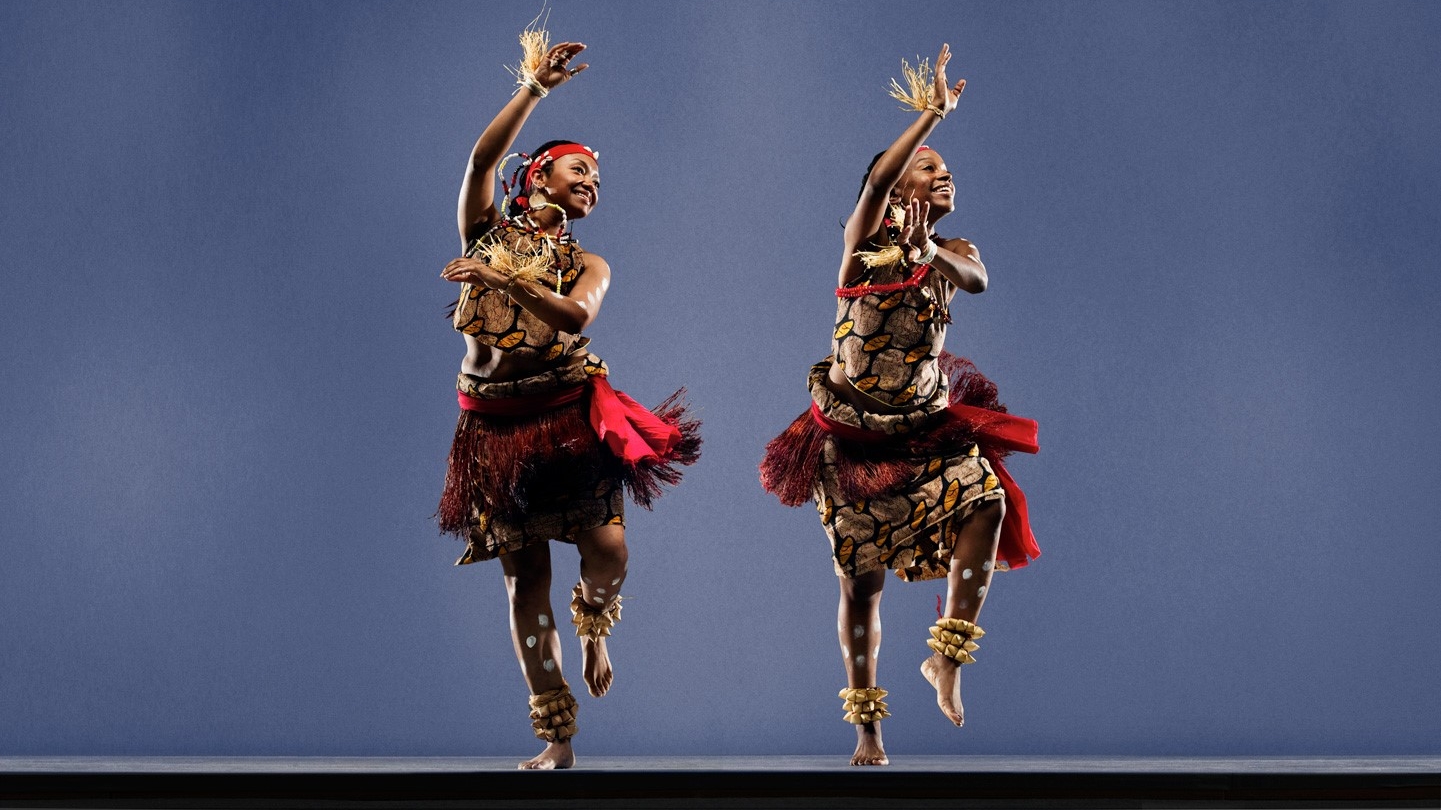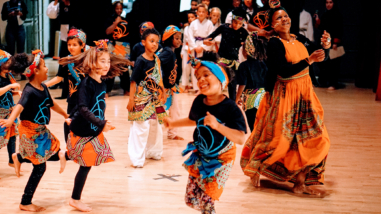Partnering with intermediary organizations to support artistic and cultural vibrancy in the Bay Area

Earlier this year, the Hewlett Foundation’s Performing Arts Program commissioned Informing Change and Open Mind Consulting to undertake a study of the program’s intermediary partners—a group of nonprofit organizations who receive large grants from the Hewlett Foundation to both provide technical assistance for the San Francisco Bay Area arts sector and to “re-grant” the foundation’s funds in the form of smaller grants to individual artists and small arts organizations. The report they produced—“Creative Partners: How Intermediaries Support Artistic and Cultural Vibrancy”—is intended to help us better understand what our regranting partners have accomplished with Hewlett Foundation funding, and how we might best work with intermediaries to implement and fulfill the priorities laid out in the Performing Arts Program’s strategic framework, which has guided our grantmaking since late 2019. The report incorporates information gleaned from past grantmaking data, grantee interviews, and stakeholder discussions.
Since its founding in 1966, the foundation has provided direct grants and other support to nonprofit arts organizations. These organizations make remarkable contributions as arts developers, teachers, presenters, and advocates in the San Francisco Bay Area and beyond. Individual artists and small arts organizations constitute another vibrant and productive segment of the arts sector that the Hewlett Foundation has not historically supported with direct grants. This large and dynamic segment of the sector is challenging for the foundation to serve effectively while remaining committed to its lean staffing model. Past requirements with regard to budget size and tax status also contributed to the foundation’s choice to work with intermediaries to support artists and small arts enterprises. Nonetheless, we recognize the tremendous contributions made by artists and smaller arts organizations to the Bay Area arts sector and provide grants to intermediaries (also known as “regranters”) to fund the critical work that small arts organizations and individual artists do. The intermediaries bring immense knowledge and insights about the needs of artists and arts organizations and how to meet those needs through funds, advocacy, promotion of art makers, network building, and knowledge sharing. Our regranting partners also serve as the skilled stewards of critical art-supporting processes. For example, the regranters assemble experienced art experts to serve on grant panels, and curate trainings and presentations for the arts sector. Intermediaries are uniquely positioned to provide these critical services, standing as they do with one foot in communities and the other in the funding world.
The report includes an analysis of the 2,775 grants awarded by 26 intermediaries (foundations and nonprofits) between 2015 and 2019 to small arts organizations and individual artists across the San Francisco Bay Area. Forty interviews with artists, arts educators, arts advocates, and arts sector leaders rounded out the data provided by the foundation and our partners with information about the challenges, needs, and hopes of those at work in the arts sector as funders, artists, and grant recipients.
In reading the report from Informing Change and Open Mind Consulting, my colleagues and I were struck by the tremendous depth and breadth of grantmaking provided by the intermediary partners. This high level of grantmaking helped ensure that Hewlett grant dollars were deployed across the diverse geographies and populations that the Performing Arts Program aspires to serve. The report also reminded us that arts organizations, collectives, and artists want and need more than funds to thrive. The broad range of non-monetary supports provided by the intermediaries (technical assistance, training, networking, and gatherings) all helped the arts sector be better informed, trained, and connected to their fellow artists and arts organizations. In the process, artists and organizations felt seen, invested in, and less isolated in their endeavors.
The report shines a light on current and longstanding challenges and emerging needs in the arts sector. Key recommendations include:
- Mitigate or undo the longstanding power imbalance between funders and those they fund
- Name the program’s priority communities and focus on how best to serve them
- Weed out exclusionary grantmaking attitudes and practices rooted in white supremacy, classism, and exclusivity
- Adopt more equitable, inclusive, and transparent grantmaking processes that invite in diverse organizations, collectives, and entities that are not traditional 501(c )3 organizations and operate differently from them
- Work toward deeper, more cooperative relationships between funders and those who are funded
- Conduct quality, systematic demographic tracking that helps funders remain aware of and accountable for funding decisions
The report offers a balance of data-based information and powerful narrative testimony of the ways in which intermediaries support the arts sector, and how they, and the Hewlett Foundation, can better serve artists, grassroots arts organizations, and most critically, the communities they serve.



